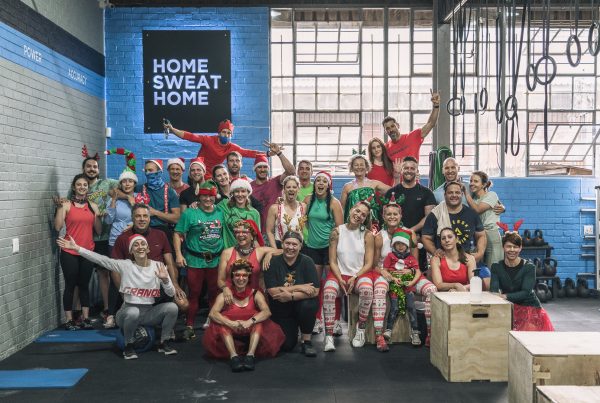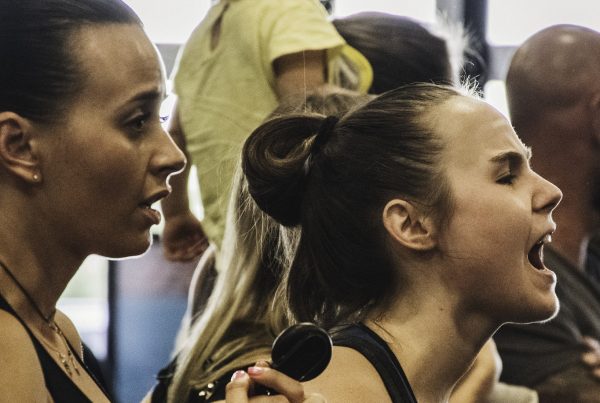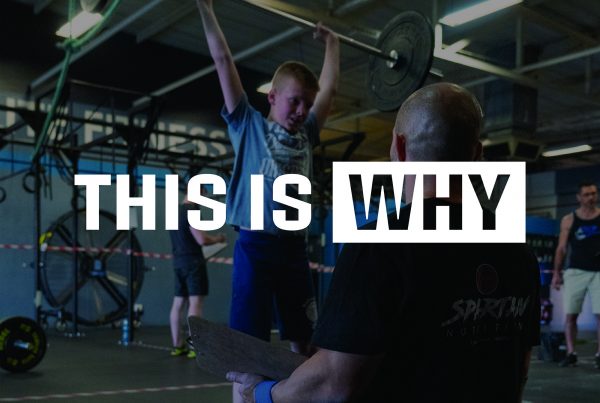Health and fitness requires a lot of hard work and sacrifice. For those committed to improving themselves daily – like the people we see in our gyms – there’s some risk involved too. You could cut your shin on a box jump, twist your ankle while running, or sprain a shoulder muscle while practising some gymnastics.
You could also get hit by a bus while crossing the road, or by a buck while cycling through the bush. Those are all educated risks.
You can either sit back to become overweight and unhealthy to avoid the short-term risk of a niggle from training, or you can overlook that small short-term risk for massive long-term benefits. Just as you can stay indoors to avoid the world, or you can go on with living your life.
There are some educated risks to leading an active and healthy lifestyle. Every now and then you’re going to pick up a niggle or an injury. So how should you approach training while you are nursing an injury? I see two approaches: the pigheaded approach and the smart approach. Let’s talk about the smart approach because that pigheadedness (that is a word) is what gets you injured.
Tip #1: Pain Free RoM
The most common symptom of an injury is pain. While there are varying pain sensations, pain is inevitable and is a sign of damage. You should never move through pain. This might mean reducing the range of motion (RoM) about a joint for particular movements and in more severe cases it means not moving that joint at all.
At the end stage of the recovery and rehab process you typically have no pain through the full RoM, but as soon as you add load there is pain. RoM is significantly more important than load. Therefore, reduce or remove load to ensure full RoM with no pain.
Tip #2: Seek Treatment & Guidance
If you have picked up a musculoskeletal injury then you really should have already seen a physiotherapist for diagnosis and treatment. If you haven’t then you’re veering towards the pigheaded route. A physio can determine which structure is injured and treat it accordingly. This manual therapy aids the recovery process.
The physio and your coaches will then be able to guide you on what to do in training to ensure that you continue improving fitness while the injured area recovers (as long as you listen). You can’t do this alone or with Dr. Google, neither of you have the relevant skills, education or mindset. Even physios need physios.
Tip #3: Make Strict Bodyweight Movements a Priority
Injuries generally prevent you from moving external loads. Fitness isn’t just defined by how much load you can move, and gymnastics comes before weightlifting in your development as an athlete. So RE-focus your time and efforts on strict bodyweight movements. That means no kipping.
This has the huge benefit of better strength with no downsides. And even though you aren’t doing them, when you do get back to more dynamic movements you’ll be MORE proficient at them thanks to your bigger base level of strength. Yeah, you should be doing that from the very beginning, but one can only lead the horse to the water, yeah?
Tip #4: Prioritise Your Nutrition
Nutrition is the most important aspect of your health and fitness. You need to eat enough to support your activity levels but not body fat. When you’re nursing and injury your activity levels generally drop. If they do drop, you should be eating less. “My nutrition is better when I’m training properly” is just an excuse to stuff your face because you’re feeling sorry for yourself.
Less exercise = less need for calories. More importantly, what you eat directly influences your body’s ability to recover from any form of trauma.
Tip #5: Have a Game Plan
You’ll need to follow Tip #2 in order to have an effective and realistic game plan in place. That’s because the most common behaviour with athletes and injury is returning to their pre-injury levels of intensity as soon as they’re feeling “good.”
You might be completely pain free, but that doesn’t necessarily mean that the injured structures are fully recovered. Soft tissue takes a long time to recover, and you also need to recognise that you aren’t just recovering from the injury itself – you need to recover from the inactivity too ?
Part of the game plan is continuing to train. One of the most important aspects of rehabilitation is ensuring that other parts of the body and other areas of fitness continue to improve while the injured area recovers. And that is totally doable. Take a look at the Instagram video below of Kevin Ogar. Kevin was a Regional level CrossFit athlete who was injured in a freak accident. He is now bound to a wheelchair, but his fitness has continued to improve – so much so that he is now able to sit in a squat!




